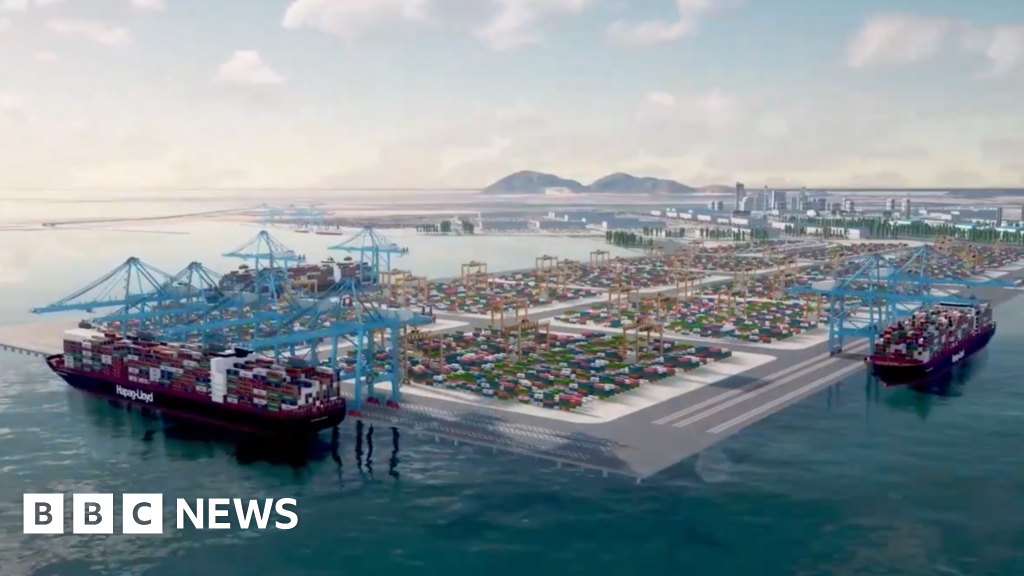The Andaman and Nicobar Islands are home to some of the most isolated and vulnerable tribes in the world, with five groups classified as “particularly vulnerable”.
These include Jarawas, Northern Sentinelese, Great Andamanese, Onge and Shompen. While the Jarawa and Northern Sentinelese remain largely uncontacted, the Shompen – about 400 people – of the Great Nicobar Islands are also at risk of losing their way of life to external pressures.
A nomadic tribe, most of them live deep in the forest where they forage for food to survive – not much is known about their culture as few of them have ever had contact with the outside world.
“The loss will be particularly big and traumatic for them,” says Mr Justin, who has been documenting the island since 1985.
“Whatever we call development in the outside world, they are not interested. They have their own traditional life.”
Environmentalists also talk about the enormous environmental costs of the project.
Spread across 921 square kilometers (355.6 sq mi), about 80% of Great Nicobar Island is covered in rainforest, which is home to more than 1,800 animals and 800 species of flora, many of which are endemic.
The Federal Ministry of Environmental Protection said that only 130 sq. Experts warn that the real number could be much higher.
“The government always says that only part of the forest will be cut down. But the infrastructure you build will lead to more pollution, which will in turn affect the entire habitat,” says Madhav Gadgil, an environmentalist.
The Environment Ministry did not respond to the BBC’s request for comment.
But Environment Minister Bhupendra Yadav said in August that the project “will not disturb or displace” the tribe and that it had received environmental clearances based on “rigorous environmental screening and after incorporating appropriate safety measures”.
However, not everyone is convinced.
Earlier this year, 39 international experts from various fields of social sciences participated warned that the development project would be a “death sentence” for the shompen as it would destroy their habitat.
It’s a fear that also haunts Mr. Justin: “The people of Schompen have neither the knowledge nor the means to survive in the industrial world,” he says.

